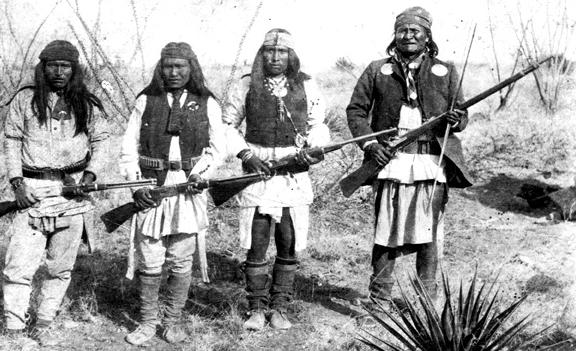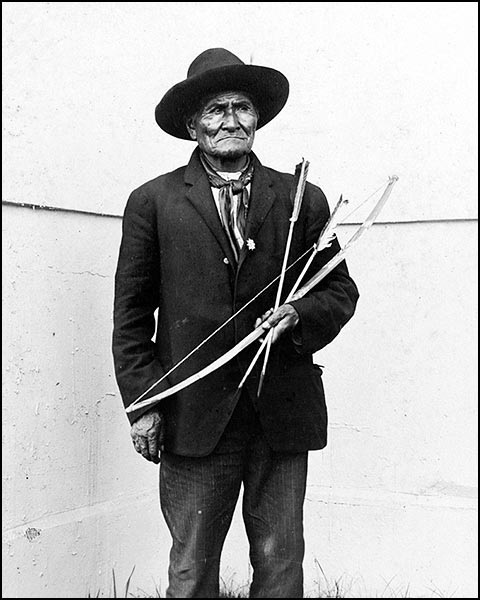Brian Huberman and Jerry Eagan were guests on the Voices of the West radio show last year. Eagan, Apache-country expert and historian, has been a guest on the show several times and has, in recent years, helped BH access the landscape he is so fascinated to explore in one of his latest film projects: Geronimo Country.
Listen to the podcast to hear them paint a vivid picture of the physical landscape of this American wilderness, past and present, and explain some of the historical and political events that make this such a fascinating and dangerous place in America today.
Brian also discusses a bit about his personal background, his interest in the Western film genre and why this quest has him so determined to visit Skeleton Canyon, the site where Geronimo surrendered for a final time.
Other highlights: tactics Apaches used to throw Calvary members off their trail, Brian’s favorite Western film score composers and how Jerry, a Vietnam Vet living in Oregon, came to be an expert guide in the wilderness of New Mexico.







